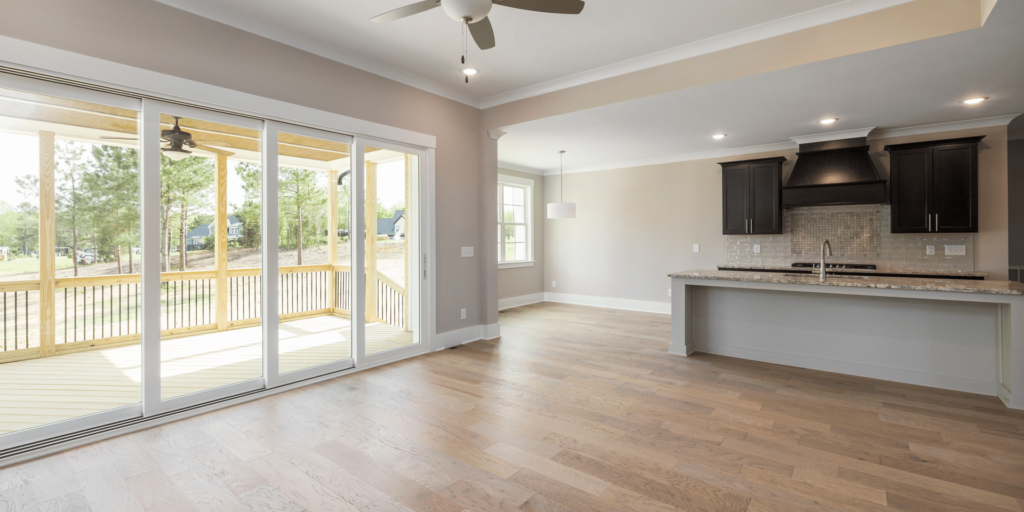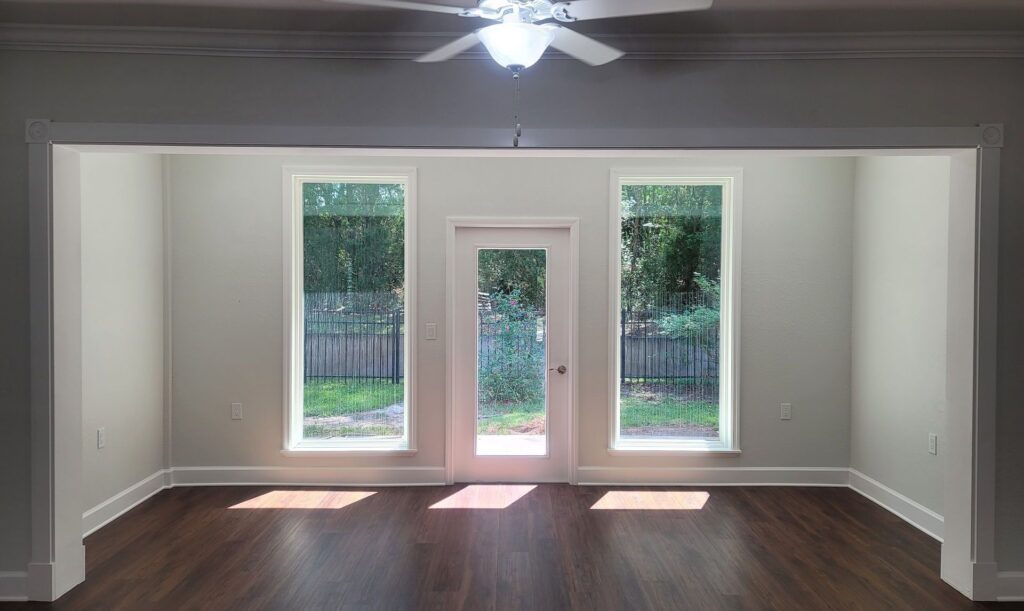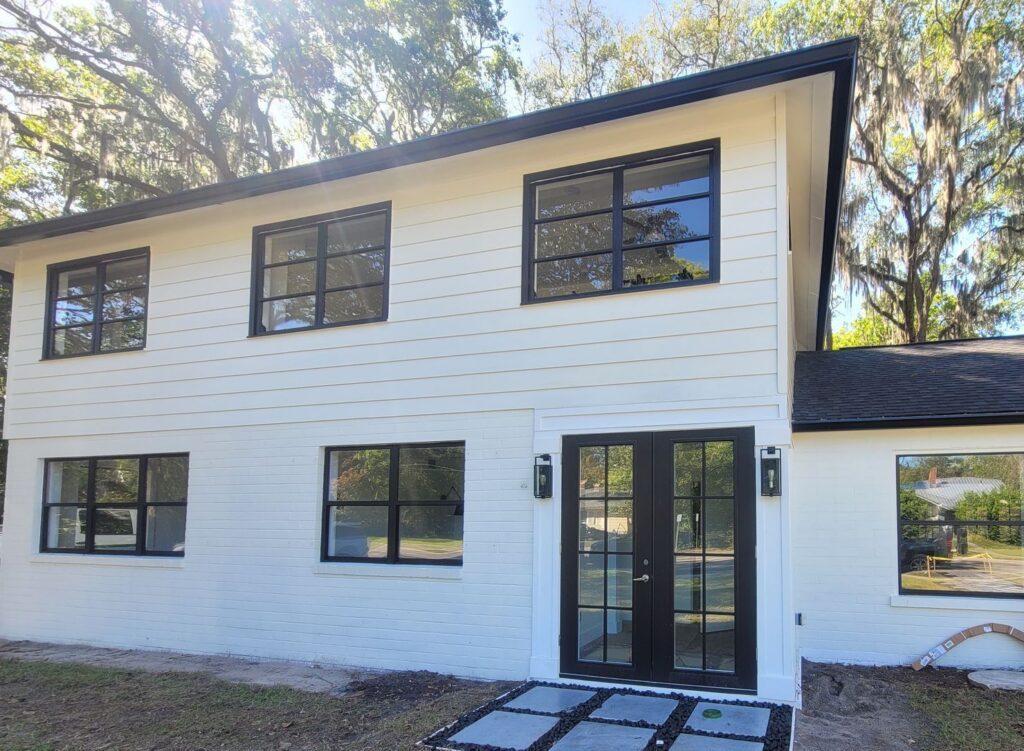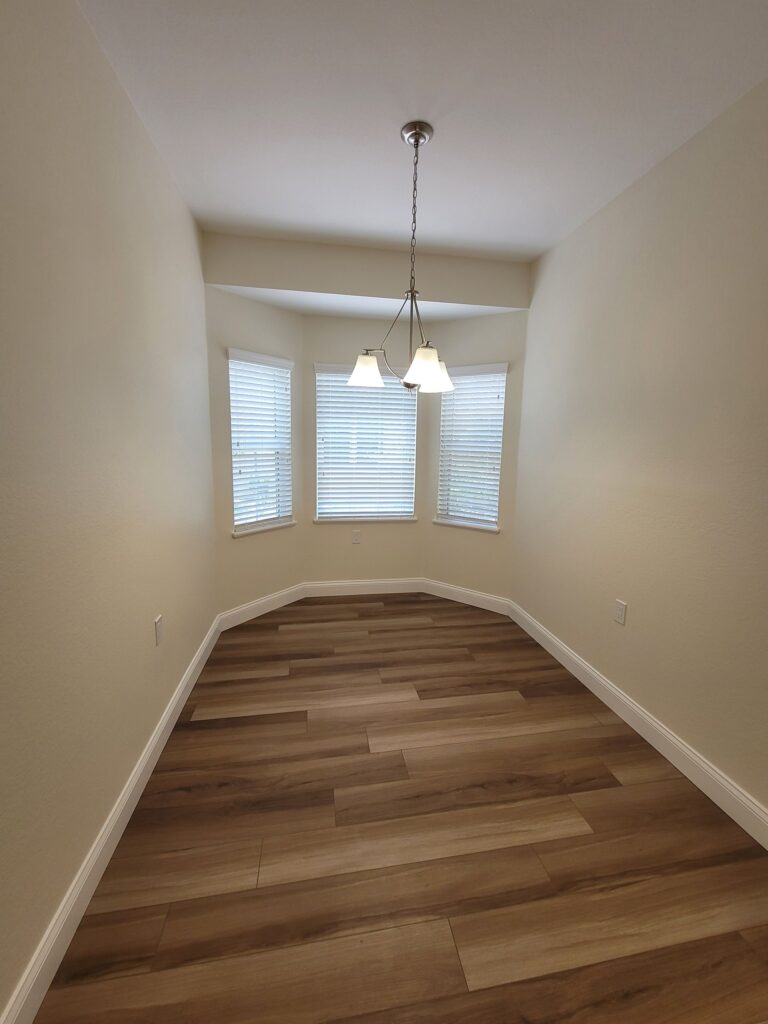Window frames are essential to any window system, significantly impacting a home’s overall energy efficiency. They affect the heat transfer between the inside and outside of your home. This quality is known as the U-factor, which is crucial for indoor comfort. The more thermally resistant the frame is, the more energy-efficient the window will be. Let’s explore the different types of frames and their characteristics:
- Aluminum or Metal Frames: These frames have outstanding strength, are lightweight, and are nearly maintenance-free. However, the high heat conduction properties of metal frames are a drawback. If you choose windows with metal frames for your home, ensure they include a thermal break, an insulating plastic layer between the frame’s interior and exterior. This mechanism breaks the heat conduction and enhances insulation.
- Composite Frames: These frames comprise composite wood products like particleboard and laminated strand lumber mixed with polymer plastics. They offer thermal and structural properties similar to or exceeding traditional wood and are less prone to moisture and decay.
- Fiberglass Frames: These are known for their structural sturdiness and are manufactured with insulated material, providing a thermal advantage over wood or uninsulated vinyl. These features result in top-notch energy efficiency.
- Vinyl Frames: Comprising polyvinyl chloride (PVC) with ultraviolet light stabilizers, vinyl frames resist sunlight degradation and do not need painting. They’re also moisture-resistant. Vinyl frames filled with insulation material have enhanced thermal performance, making them superior to standard wood and vinyl frames.
- Wood Frames: Classic wood frames provide good insulation but demand regular upkeep. However, wooden frames clad with aluminum or vinyl are a popular choice since, although they have slightly lower thermal performance, they require less maintenance.
The best material for your window frames depends on aesthetics, durability, maintenance, and thermal performance preferences.












